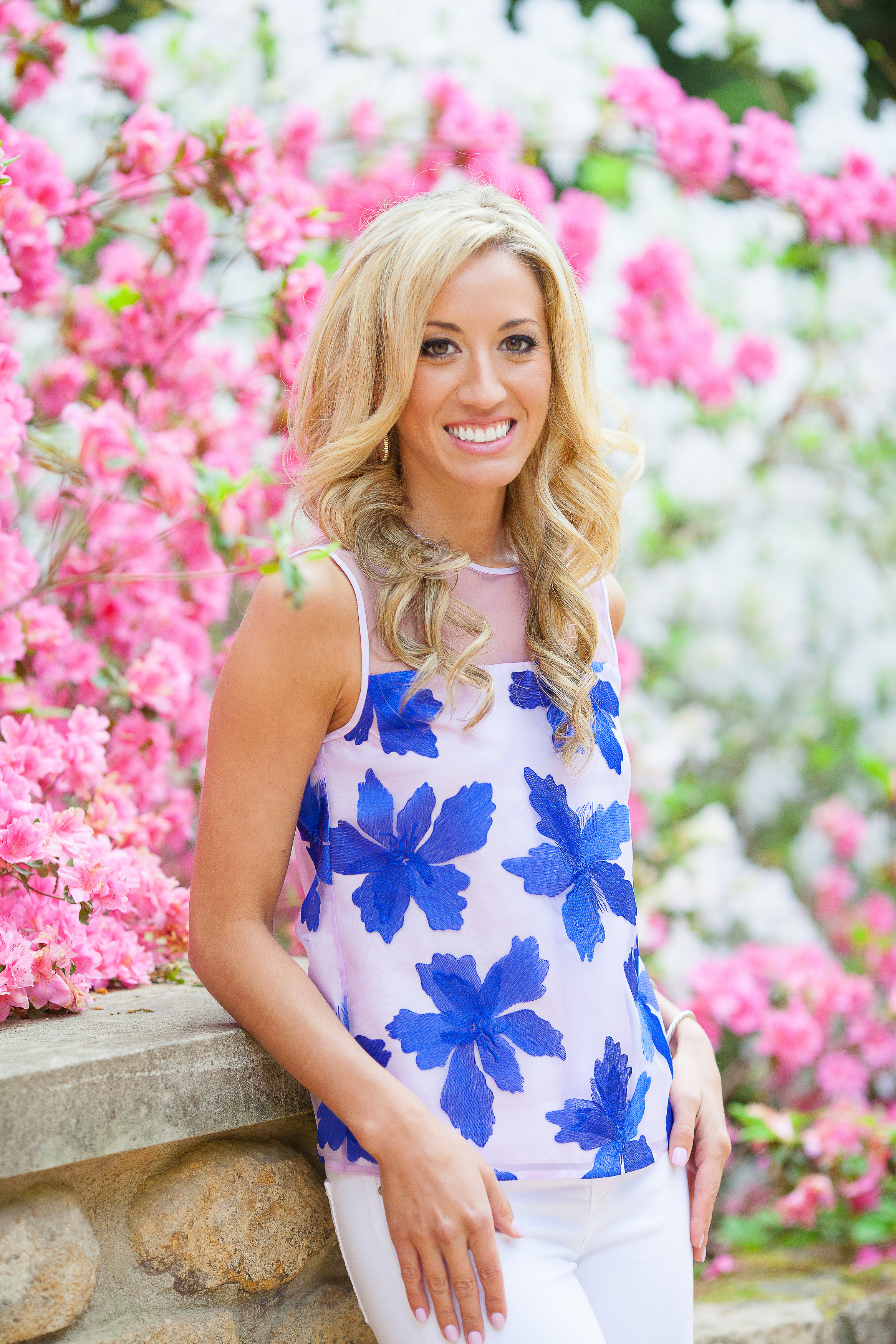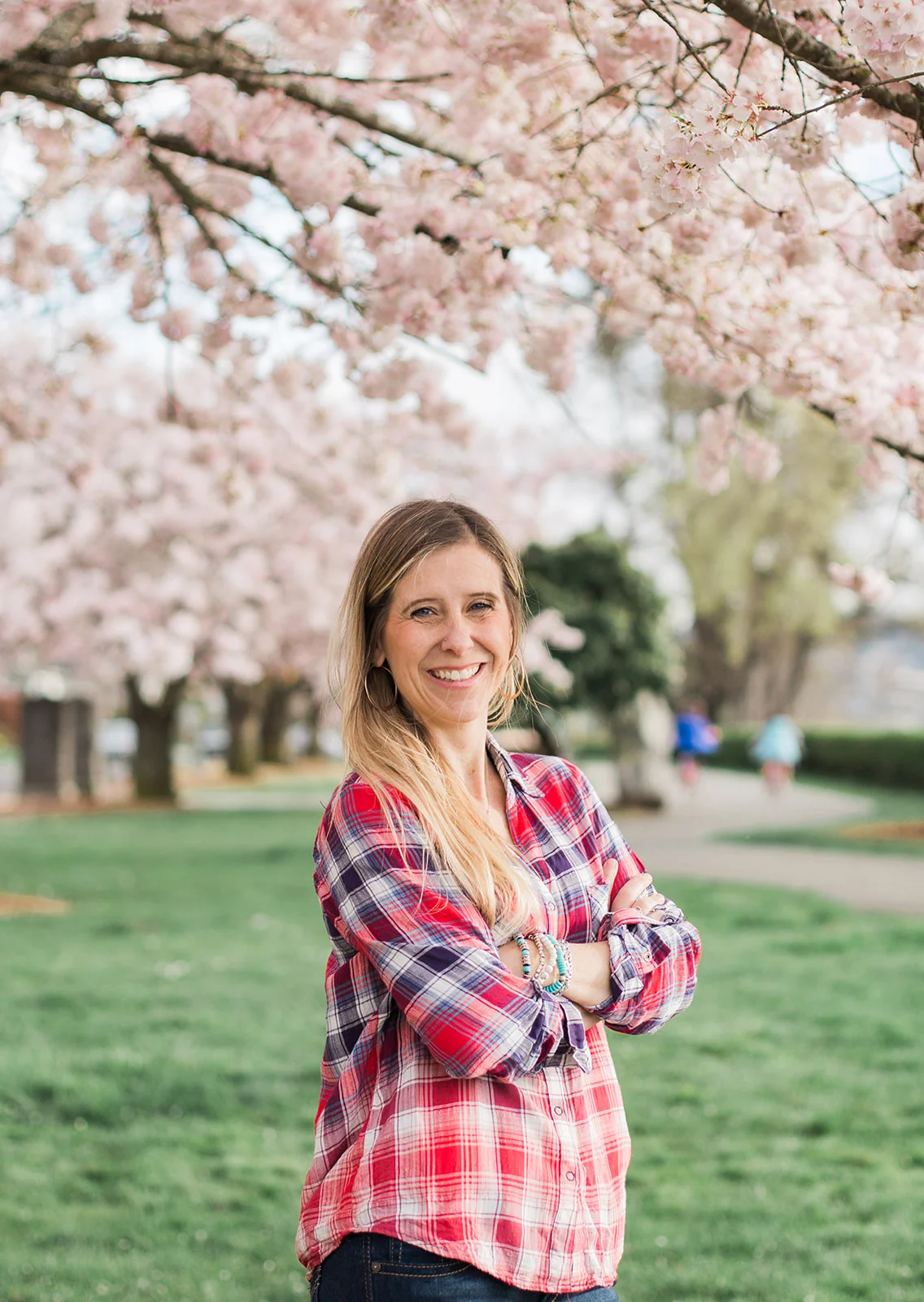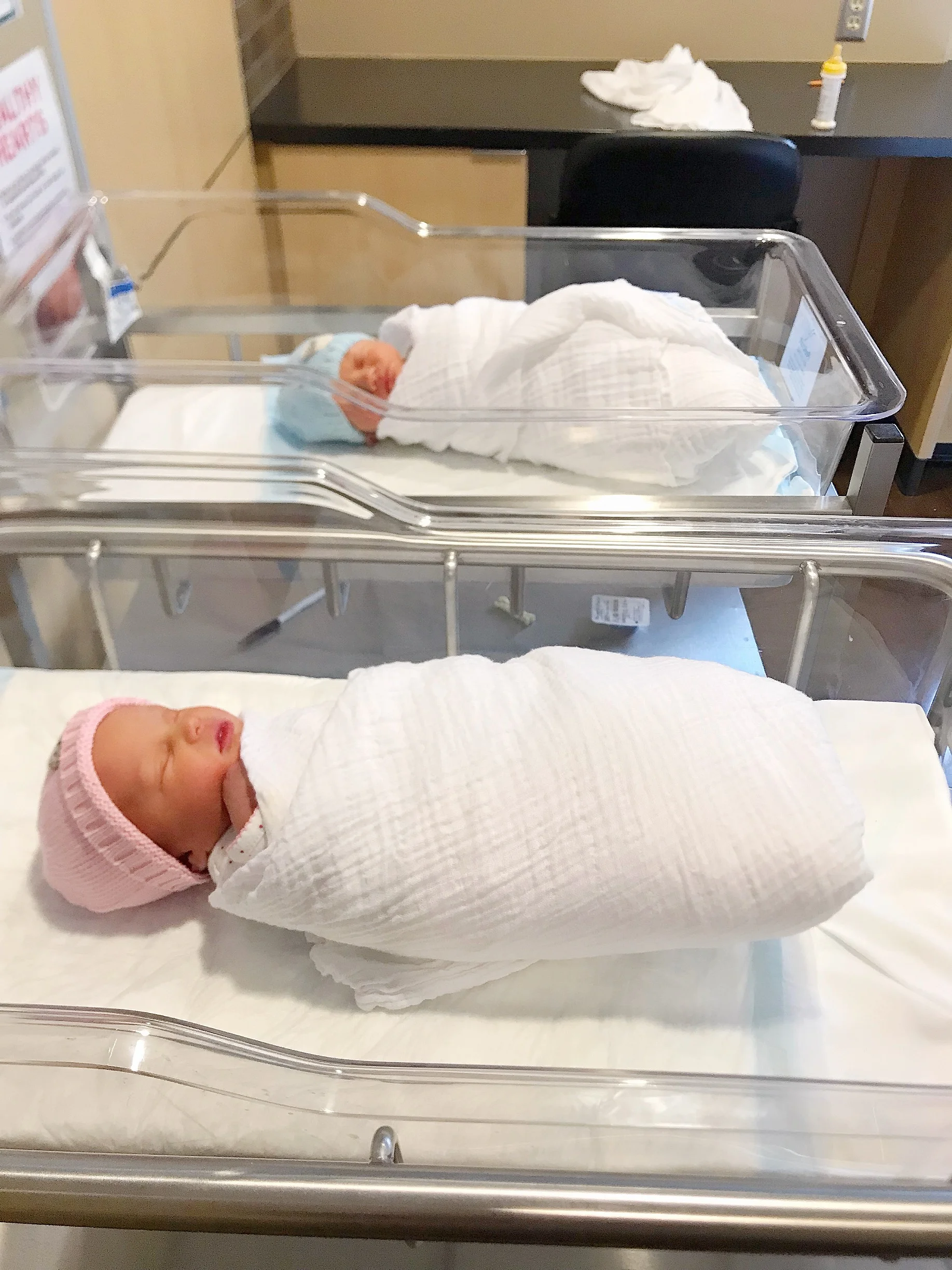Troubleshooting Short Naps (Guest Blogger)
Written by: Desiree Baird, a guest blogger, fellow twin mom, and certified sleep consultant
As a twin mom, one of the biggest struggles I faced was naps. Everything I read in books seemed so simple to implement, but for some reason my daughter would only sleep 40 minutes. Exactly ONE sleep cycle. It was so frustrating because I had one baby that would do great, and the other struggled. I followed sleep cues, she slept in her crib, I implemented a nap routine, she had zero sleep props (i.e. falling asleep while nursing), and overnight sleep was solid. So why was she so different from her brother?
Finally, around 7 months old, she started napping better and for longer stretches. Now that I am a sleep coach and know so much more about how to optimize infant sleep, I realize that there was room for improvement, and some of it was developmental.
What is considered a short nap?
A short nap is considered 50 minutes or less. One sleep cycle is 45 minutes, so if your little one can do at least 50 minutes that means he/she has the ability to transition from one sleep cycle to the next.
Why can short naps be a potential issue?
The issue with short naps is that if your little one continues this cycle, he/she will not be getting the restorative sleep they need to take on the rest of their day. Short naps can also lead to a sleep deficit which can cause poor broken overnight sleep, early morning wake ups and interfere with your child’s developmental milestones. This is why it’s important to ensure you are doing what you can to lengthen your little one’s nap or at least give him/her a chance to sleep longer than one sleep cycle.
Troubleshooting the short nap
If you are still reading that means you are definitely experiencing short naps like I did. To find out what is causing this let’s look dig a little deeper. Here is what I evaluate when talking to clients:
1. Is the sleeping environment comfortable?
The environment your little one is so important for sleep. First, the room temperature should be between 68 – 72 degrees. The room should be very dark. If 10 is the darkest you can get, then the room should be a 10.5 on the dark scale. Ensure there are no lights, star projectors, mobiles or anything that can stimulate your baby during nap time. And last but not least, invest in cozy sheets. I know this sounds silly, but adults are picky about their sleep space and prefer certain “thread counts.” I personally like velour sheets for a baby because they are soft to touch, warm and cozy.
2. Are you using a white noise machine?
White noise is known to reduce stress in babies (and the risk of SIDS). It helps the brain relax which encourages a longer, deeper sleep. But not all white noise machines are created equal. You must ensure that the one you choose is not too loud. The loudest sound should not exceed 65-dB limit. Additionally, to ensure that you are using white noise machine safely, put it on its lowest setting and place it about 8 – 10 feet away from the crib.
3. Do you have a nap time routine?
A nap time routine is essential to cue your little one that it is time to sleep, and it also calms them down to help with the transition from being stimulated to winding down before nap time. This does not have to be an elaborate routine, just an abbreviated version of our bedtime routine. Something like diaper change, sleep sack, read books, turn on white noise machine, say goodnight, turn off the light and leave the room.
4. Can you separate the twins temporarily for naps?
If you have the room in your home, separate your twins for naps. I had to do it, and that’s when I noticed things began to improve. I didn’t have a lot of room, so I used a pack n’ play in my bedroom and napped my daughter there, and my son remained in the nursery. I reintroduced them for naps once they were consistently napping at least an hour for each of their naps. I recommend keeping the twins together in the same room for nights. Melatonin and the drive to sleep is much stronger at night compared to day naps.
5. Are your babies on an age appropriate schedule with proper wake windows?
In order for a baby to fall asleep and stay asleep, the sleep pressure has to build inside the baby’s body. However, you don’t want too much time between naps or bedtime otherwise the hormones adrenaline and cortisol will flood your child’s body and cause them to be overtired. It’s so tricky to figure this out. I have a general guide to wake windows by age here. Click here to learn more about baby sleep needs and how many naps your little one should be taking.
6. How often are you feeding your baby?
Until your baby is old enough to take in solids, it’s very normal to feed your little ones every 2.5 – 3.5 hours during the day. Also, be sure to feed them when they wake from a nap, not to get them to sleep for a nap. Avoid feeding to sleep, this is just a prop and can cause much larger sleep troubles for your little one.
7. Are you assisting your baby “too much” with the falling asleep process?
This is a biggie for many parents that come to me. If you are doing the work to “assist your baby to sleep” then he most likely doesn’t have the skills to put himself back to sleep. Give your baby some space to learn how to fall asleep independently. Implement a plan to allow your child to learn how to self-soothe to sleep. You can take it slow by starting with one nap unassisted and assist the other naps…just start somewhere. That’s key. Practice makes perfect and once your little one has the ability to fall asleep on his own then you may realize naps may magically begin to improve.
8. Is night sleep solid?
Once nights are solid and your baby is sleeping 11 – 12 hours a night, then day sleep will come much easier for your baby. Focus on improving nights, and once they are solid and consistent then remove sleep crutches you are using or working on any of the above items to get day sleep in place.
9. Is your little one over 6 months old?
As mentioned earlier, my baby girl took short naps until nearly 7 months old (no matter what I did). I didn’t know this at the time, but short naps are normal for babies 6 months and younger. Lengthening and consolidation of naps does not take place for some little ones until 6 months or older. The best thing to do is ensure you are doing what you can to optimize naps by following my tips.
10. Do you give your baby a chance to fall back to sleep if they wake from a short nap or do you go rescue them from their crib right away?
If you do the latter, just stop (unless you suspect something is wrong). The biggest mistake I see as a sleep coach is that parents rush to rescue their babies from their cribs the moment they wake up and fuss/cry. Crying is normal for development and self-soothing. Give your little one 10 – 15 minutes before declaring the nap over. There’s a chance he/she may fall back to sleep for another sleep cycle. If after 15 minutes your baby is still fussing, then go in and declare the nap over. Remember, rinse and repeat – practice makes perfect. Eventually your little one will figure out how to connect sleep cycles with time.
If after reading this article you find you still need help please do not hesitate to reach out. Sleep is essential to our health and well-being. If your little babies are not getting the rest they need, then chances are you aren’t either. I’m here to help you and your family get the sleep you need and deserve.
About Desiree
Desiree Baird is a certified sleep consultant and a mother of three. Her two eldest children are boy/girl twins. As a twin mom, Desiree experienced many sleepless nights the first 5 months of her twins’ life. She felt helpless and decided to study sleep on her own so that she could ensure her twins became better sleepers and were set up for success. Eight years later when Desiree became pregnant with her third baby, she decided to take her sleep education to the next level by becoming certified. Her mission is to help moms —especially twin moms — all over the world with sleep consulting. She resides in Seattle, WA. For more information, visit her website at www.pediatricsleepcoach.com and follow her on Instagram @the_sleepcoach.




